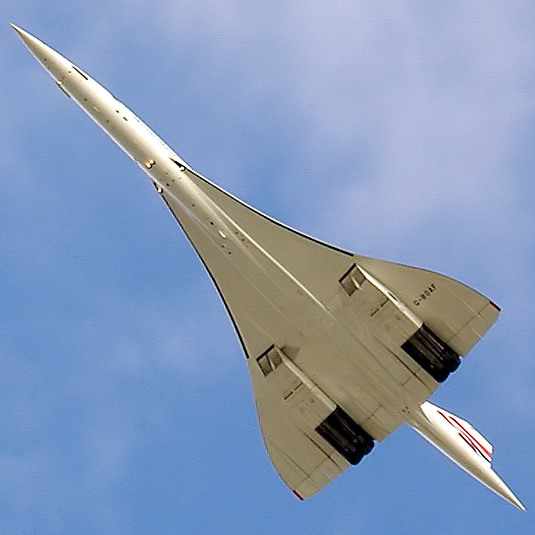
When standard air travel just did cut it for the Brits and the French in the 1960s, engineers from both countries dreamed up a new form of Transatlantic commercial flight. In 1962, the two governments signed an agreement to work together on the development of a supersonic transport. The project was initially called the “Anglo-French Supersonic Transport” or AFST, but it would later become known as the Concorde.
Over the next few years, they shared efforts to design and build the plane. The shared goal involved an aircraft that could fly faster than the speed of sound. To do so, it received a sleek and aerodynamic design. Not only did the lines of the craft minimize drag, but it could withstand the intense heat generated by flying at such high speeds. Finally, on this day in 1969, the first Concorde prototype took off from Toulouse, France. The flight lasted just 27 minutes, but it was a major milestone in the development of the aircraft.



As more test flights occurred the Concorde’s performance improved significantly. With approval and acclaim, the first commercial Concorde flights began in 1976, with British Airways and Air France each operating a small fleet of the supersonic aircraft. The Concorde quickly became a symbol of luxury and prestige. Celebrities, politicians, and wealthy businessmen yearned for the chance to fly on the it, despite its high ticket prices. The appeal? Passengers could travel from London to New York in just over three hours, compared to around seven hours on a conventional aircraft.
What happened to the Concord aircraft?

But the Concorde was not without its challenges. It was expensive to fly, and its high noise levels and fuel consumption led to restrictions on its use. The aircraft also had a tragic accident in 2000, when an Air France Concorde crashed shortly after takeoff, killing all 109 people on board and four on the ground. Investigation revealed the cause of the Concorde crash to be no fault of the plane or its pilots, but of runway debris striking the craft.
In the years that followed, the Concorde’s popularity waned, and its high operating costs meant that it was no longer profitable. The last commercial Concorde flight took place on October 24, 2003, marking the end of an era in aviation history. The final flight of a Concorde at all occurred on November 26, 2003. Today, the Concorde remains a beloved and iconic aircraft, revered for its incredible speed and sleek design. While it may no longer be in operation, its legacy lives on, and it continues to inspire a new generation of aviation enthusiasts.




















